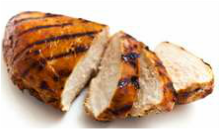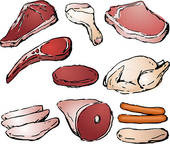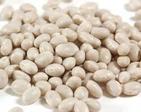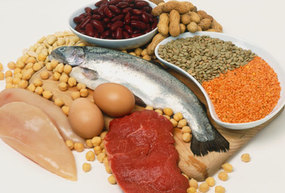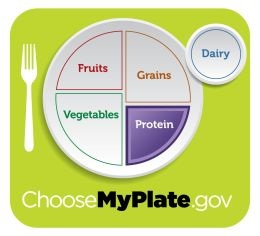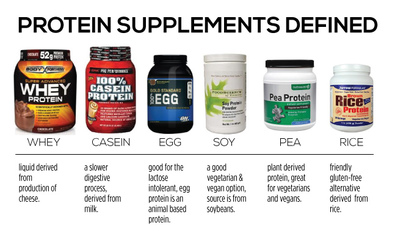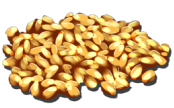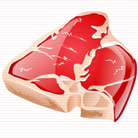
The association between consumption of red and processed meats and cancer (particularly colorectal cancer and potentially lung, esophageal, stomach, pancreatic, and endometrial cancers), is very consistent, yet small amounts of red meat might provide nutrients such as B12, zinc and protein. Leanest cuts of beef eye round and bottom round; chuck shoulder steaks; filet mignon; flank steak; and arm roasts. It is recommended to not eat ground red meat that is less than 95% lean. Frozen burger patties may contain as much as 50% fat; check the nutrition facts box. Some grilling favorites are high in fat: hot dogs, rib eyes, flat iron steaks, and some parts of the brisket (the flat half is considered lean).
